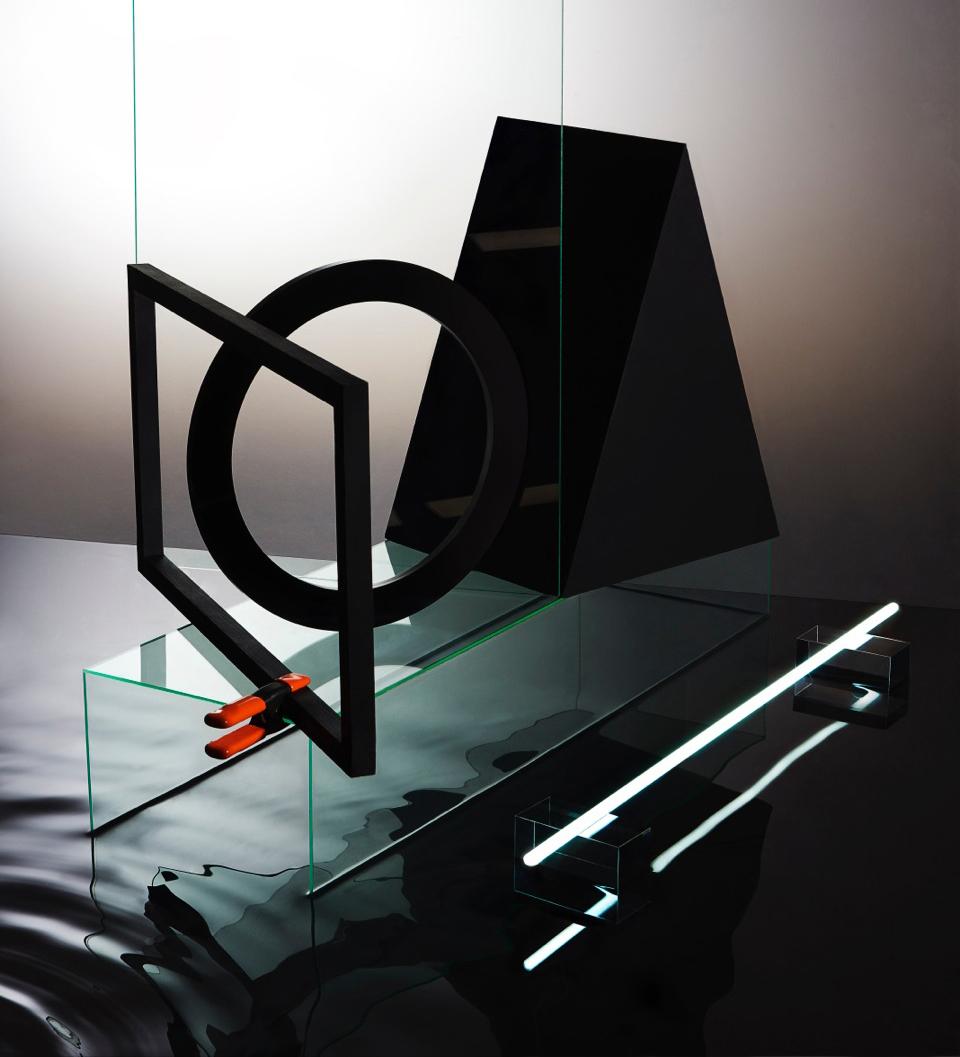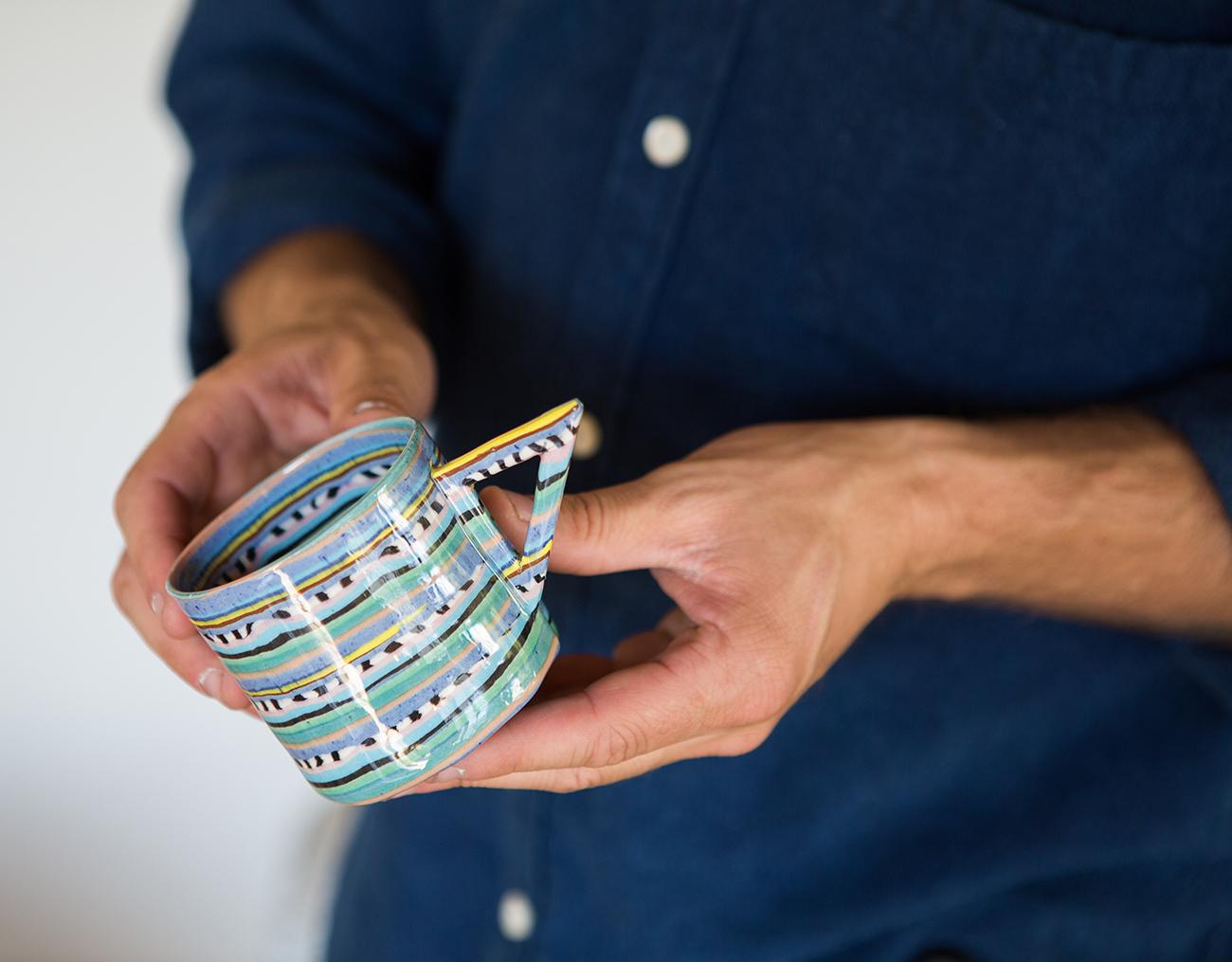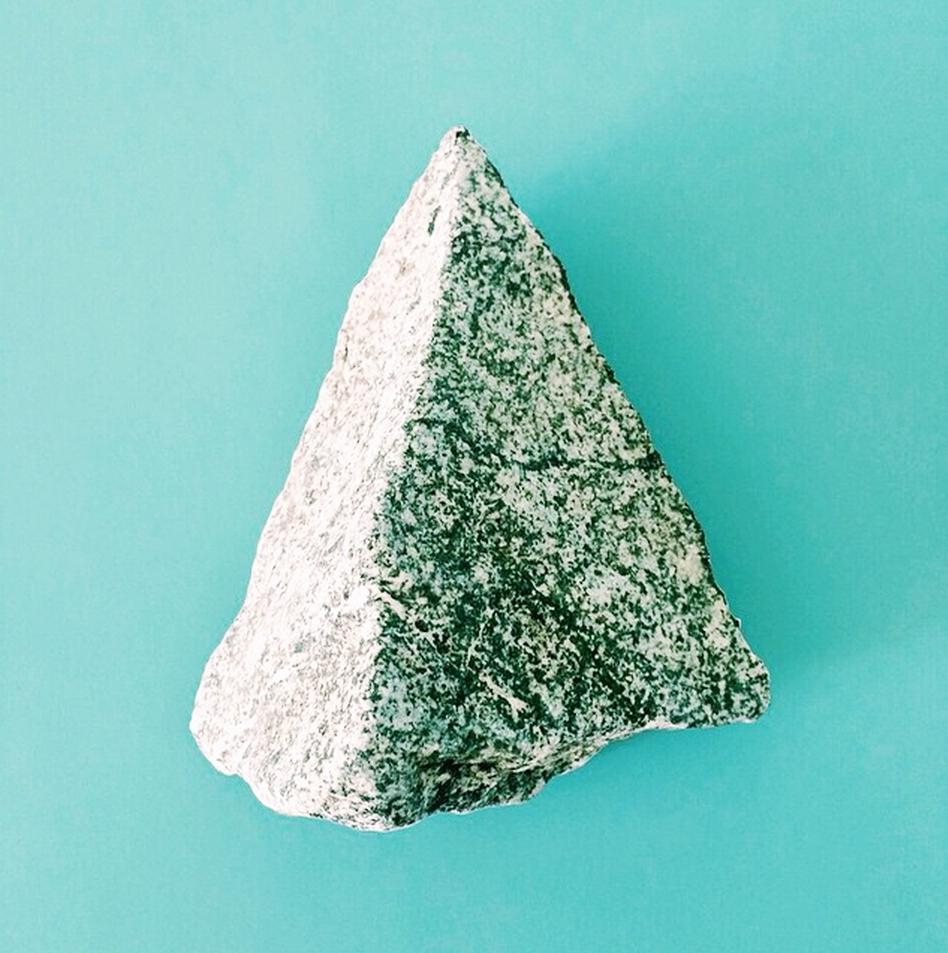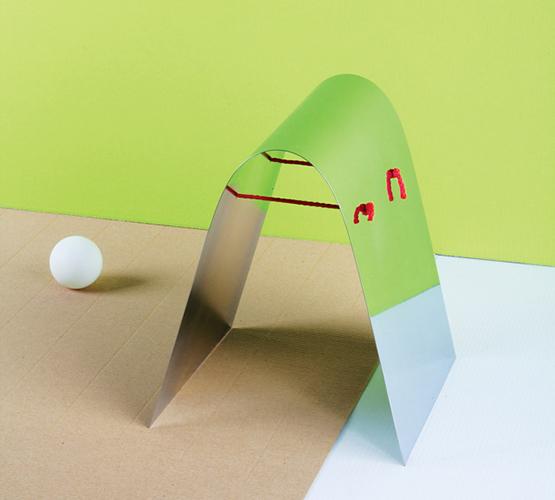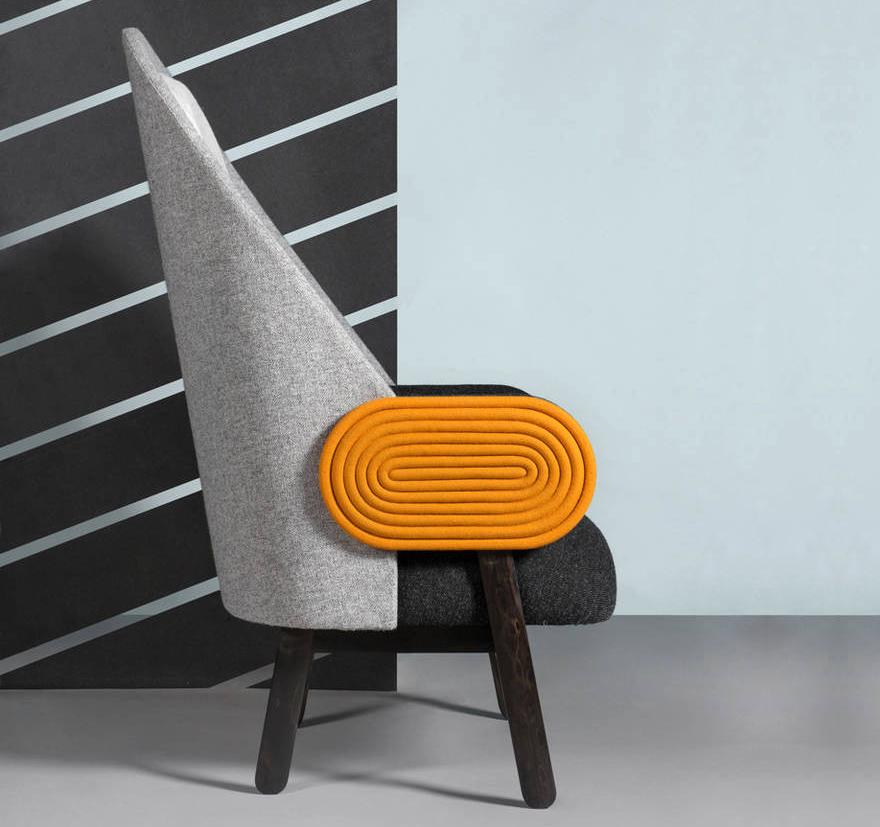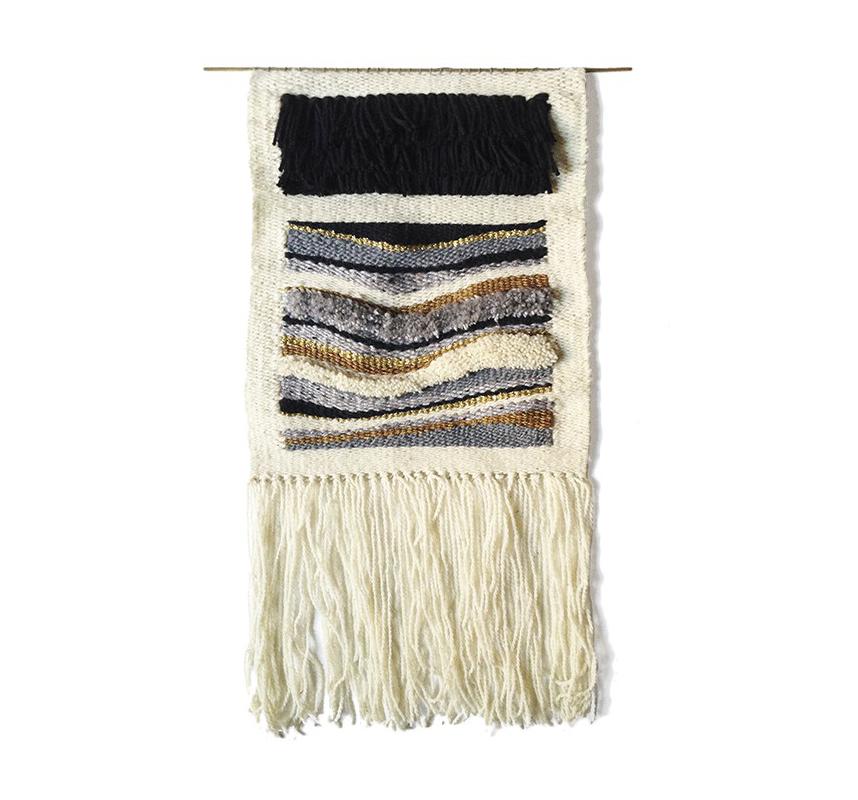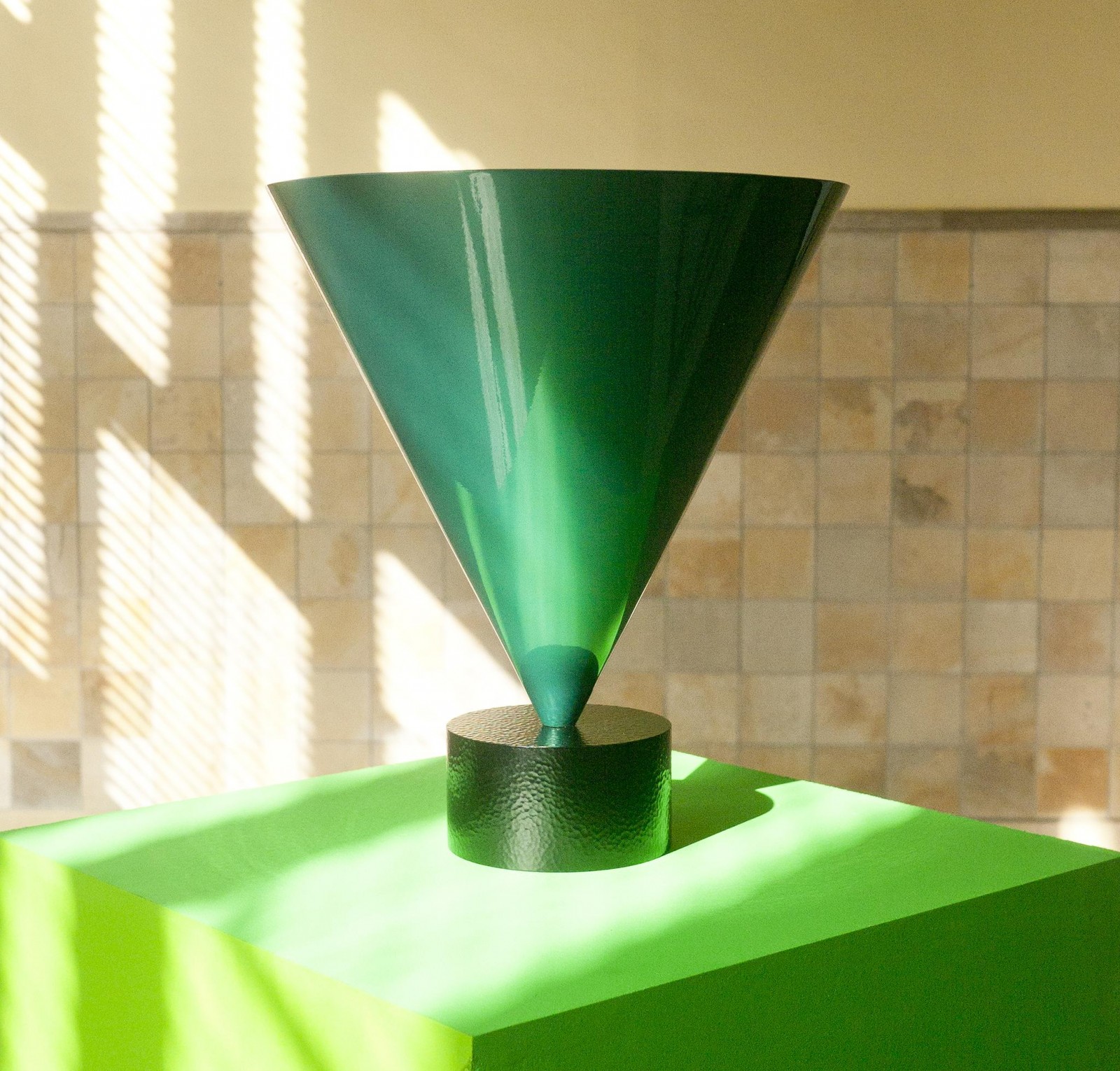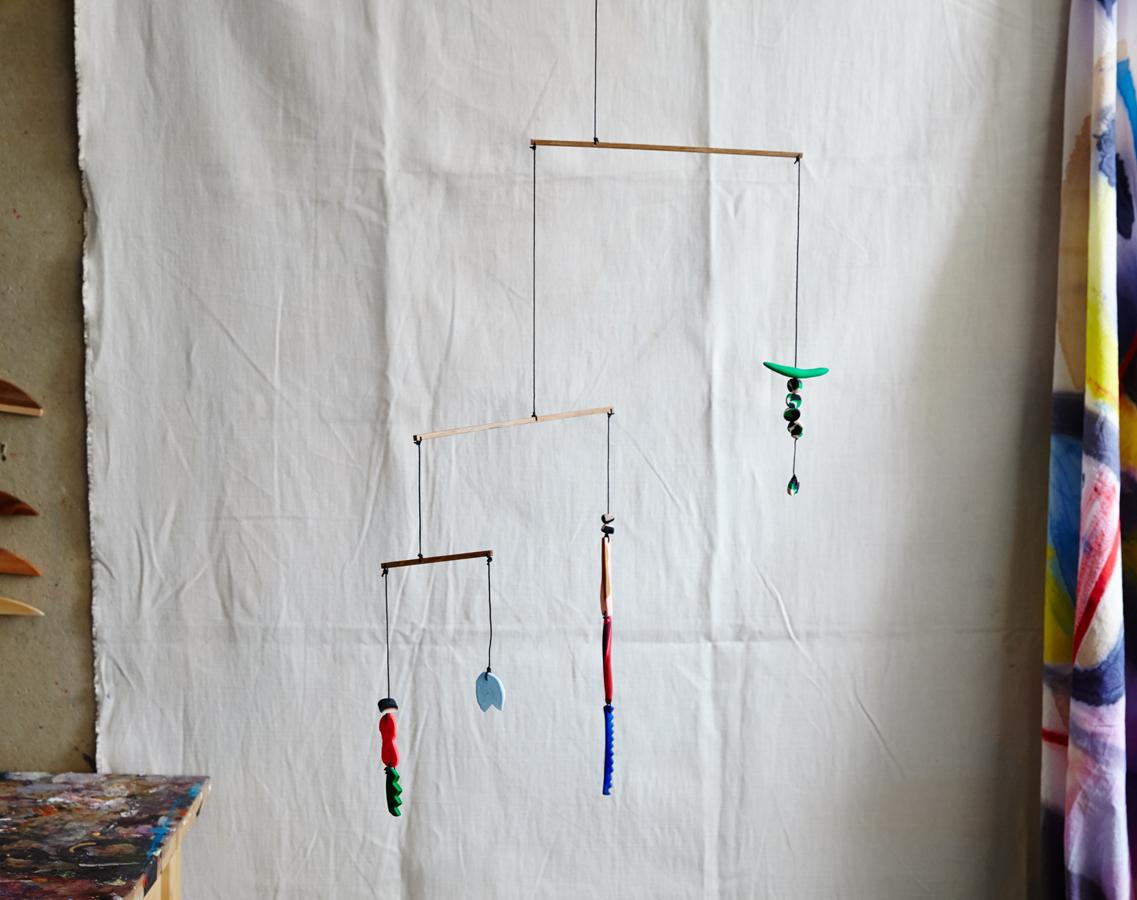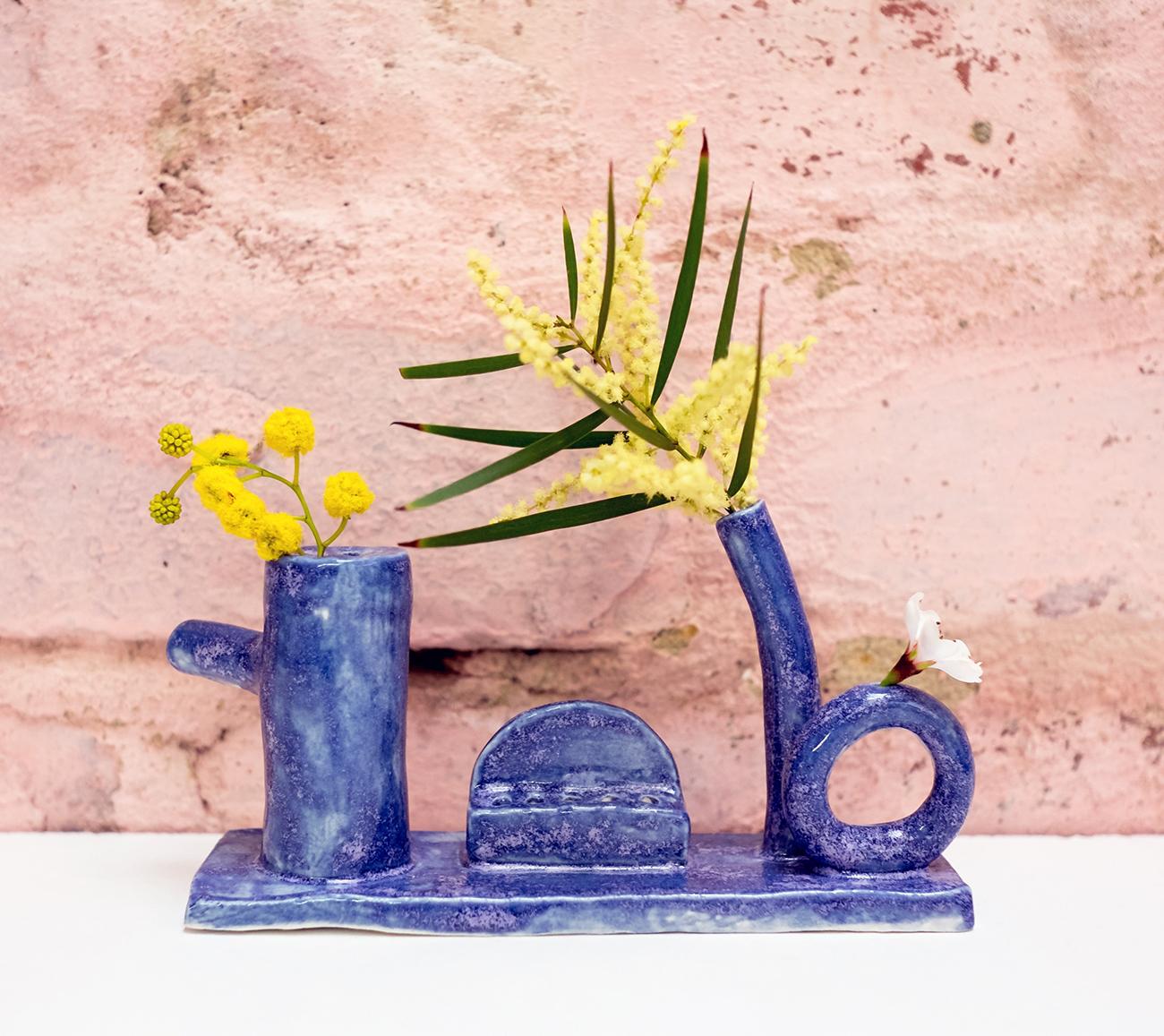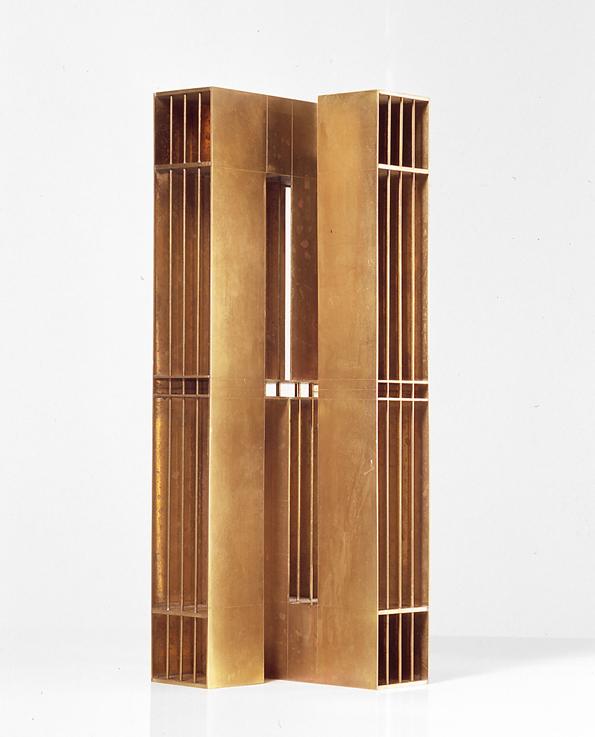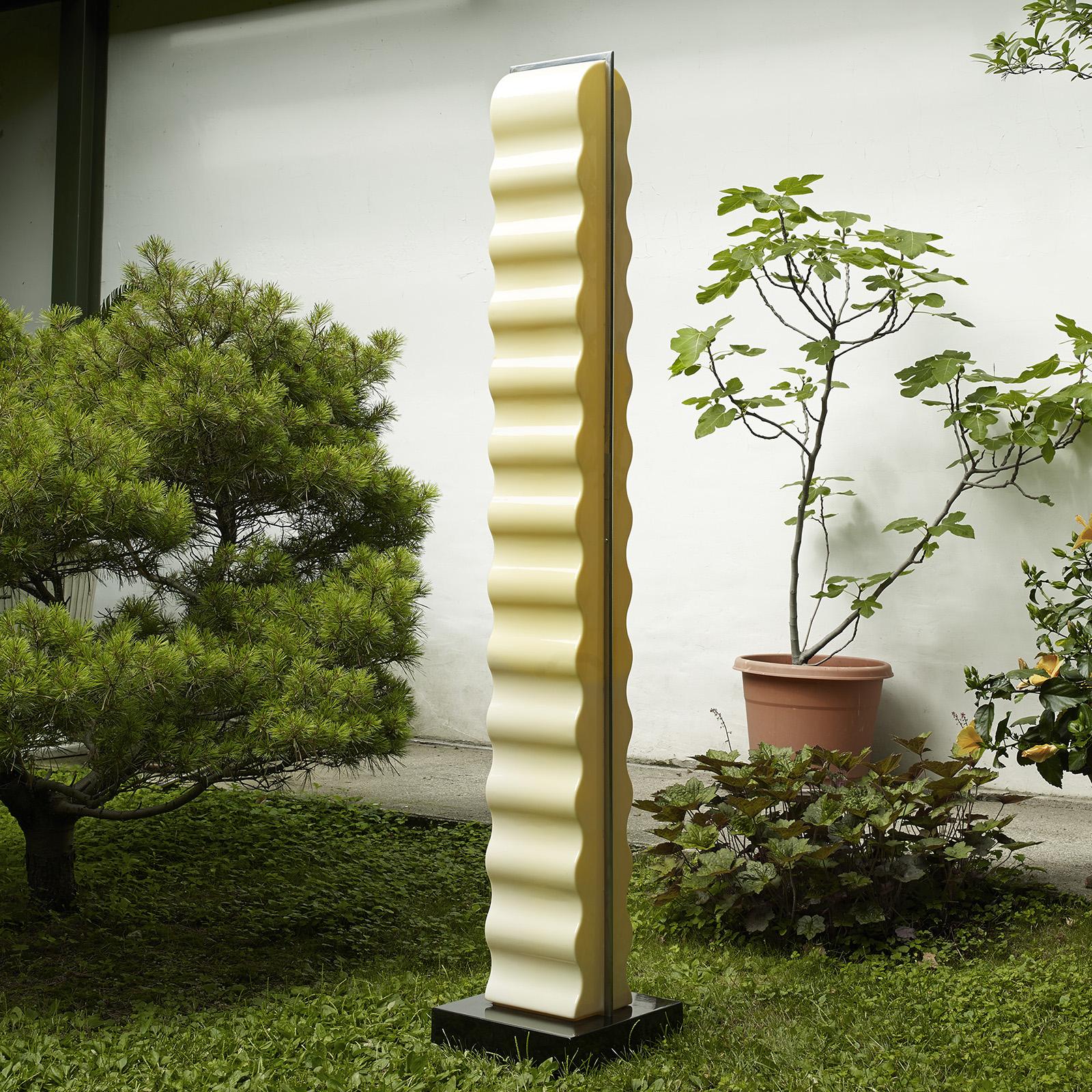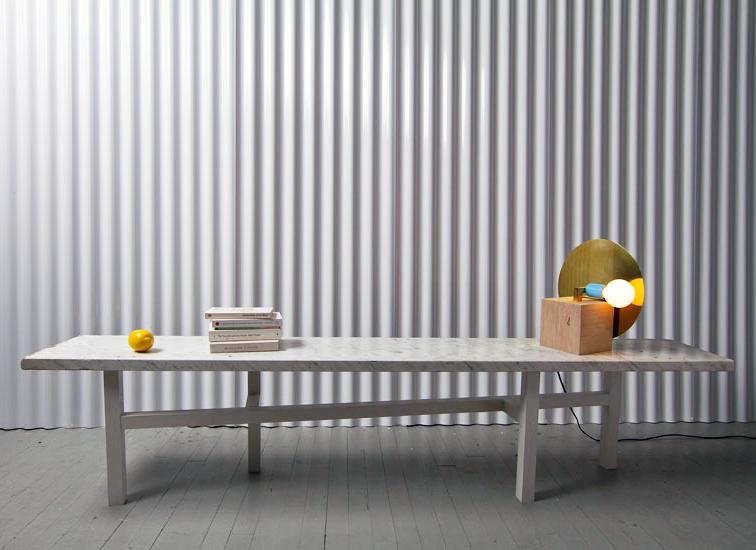
11.03.14
Up and Coming
Mercury Bureau, Furniture Designer
We've heard of people putting their art career on hold in order to be a designer, or their finance career on hold in order to be an artist, but Shane Krepakevich is probably the first person we've known who put his geology career on hold to make furniture. The Edmonton native initially chose science over art when attending college in the late '90s, but realized after graduating that it would be easier for him to return to geology later than vice versa. After painting and then sculpting his way through an MFA in 2010 — with a focus on functional objects and architectural measurements — he began moonlighting for the Montreal lighting studio Lambert & Fils. The rest, as they say, is history: Krepakevich moved to Toronto this past September, set up his own design studio under the name Mercury Bureau, and released a collection of lights, tables, and shelves that dovetail with his still-ongoing art practice.
